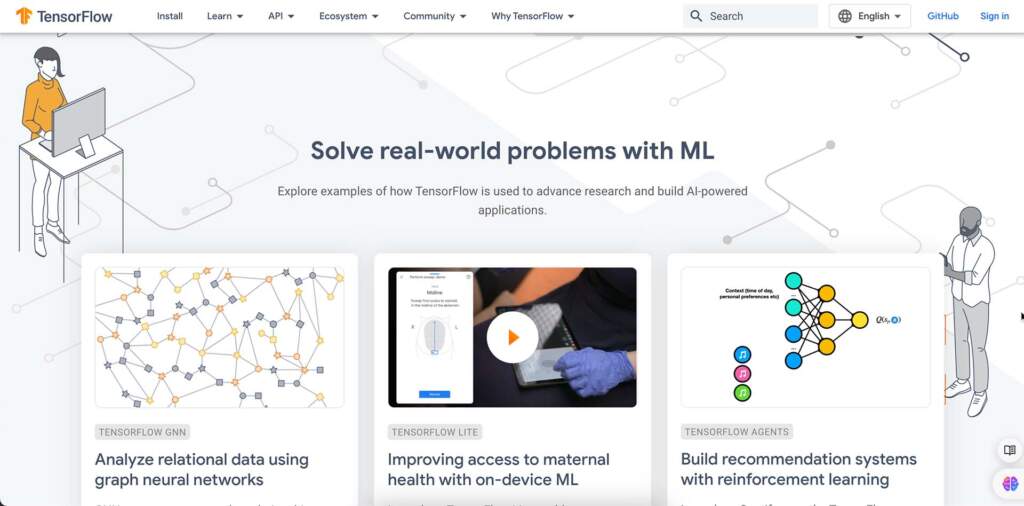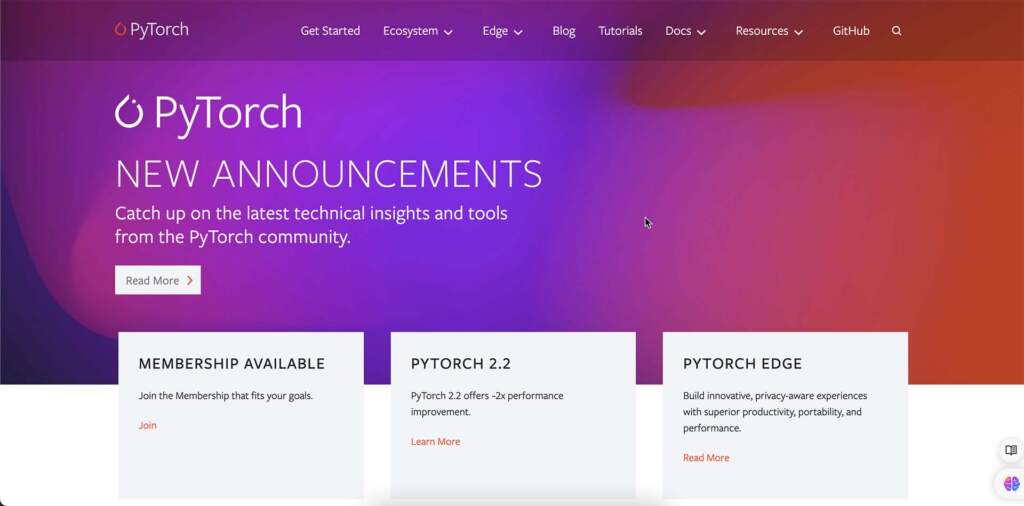Let’s delve into the fascinating world of Open Source AI and explore some of the top open-source AI tools.
What is Open Source AI?
Open-source artificial intelligence (AI) refers to the application of open-source practices to the development of AI resources. In this collaborative approach, software engineers work together on various AI projects, making the resulting tools and technologies freely available to the public. Here are some key points:
Open Source: Open source means that anyone can access, modify, and contribute to the source code of a software project. It fosters collaboration, accelerates development, and allows the best minds to collectively advance technology.
Artificial Intelligence: AI encompasses various subfields, including:
- Natural Language Processing (NLP): Focuses on creating natural interactions between humans and computers through language.
- Machine Learning (ML): Prioritizes a machine’s ability to analyze information and make decisions based on data.
- Computer Vision: Involves creating machines that understand and interpret visual information.
- Robotics: Enables machines to perform tasks without human micromanagement.
Industry 4.0: This concept represents a new era of human productivity driven by advanced computing and AI. It builds upon previous industrial revolutions, leveraging AI to transform industries.
2024 Top 5 Open Source AI platforms for innovation
1. TensorFlow
- Description: TensorFlow is an open-source framework developed by Google Brain. It’s widely used for building machine learning (ML) algorithms to solve complex problems.
- Key Features:
- Flexibility: TensorFlow supports both deep learning and traditional ML models.
- Scalability: It can handle large-scale distributed training.
- Community: A vibrant community contributes to its growth and improvement.
- Use Cases: Image recognition, natural language processing (NLP), and recommendation systems.

2. PyTorch
- Description: PyTorch, developed by Facebook’s AI Research lab (FAIR), is known for its dynamic computation graph and ease of use.
- Key Features:
- Dynamic Graphs: PyTorch allows dynamic computation, making it ideal for research and experimentation.
- Deep Learning: Widely used for neural network research and development.
- Use Cases: Deep learning research, computer vision, and natural language understanding.

3. Keras
- Description: Keras is a high-level neural networks API written in Python. It provides an intuitive interface for building and training deep learning models.
- Key Features:
- User-Friendly: Keras simplifies model creation and training.
- Modularity: Easily combine pre-built layers to create custom architectures.
- Use Cases: Rapid prototyping, beginners in deep learning, and transfer learning.
4. Scikit-Learn
- Description: Scikit-Learn (or sklearn) is a Python library for machine learning. It provides simple and efficient tools for data mining and analysis.
- Key Features:
- Versatility: Scikit-Learn covers a wide range of ML algorithms.
- Consistency: A consistent API for various tasks (classification, regression, clustering, etc.).
- Use Cases: Data preprocessing, feature selection, and model evaluation.
5. Caffe
- Description: Caffe is a deep learning framework developed by Berkeley Vision and Learning Center (BVLC). It’s optimized for speed and memory efficiency.
- Key Features:
- Fast Inference: Caffe excels in real-time applications.
- Pre-Trained Models: Access a library of pre-trained models.
- Use Cases: Image classification, object detection, and style transfer.
Top 5 Open Source AI platforms for innovation platforms empower developers, researchers, and businesses to create innovative solutions, democratizing AI for everyone. As Industry 4.0 unfolds, these tools play a crucial role in shaping the future of intelligent systems.
If you ever find any problem, or issue with a download file, or just want to reach out to say hello, we are always available at figmaui4free@gmail.com – Our team will be happy to help you.









